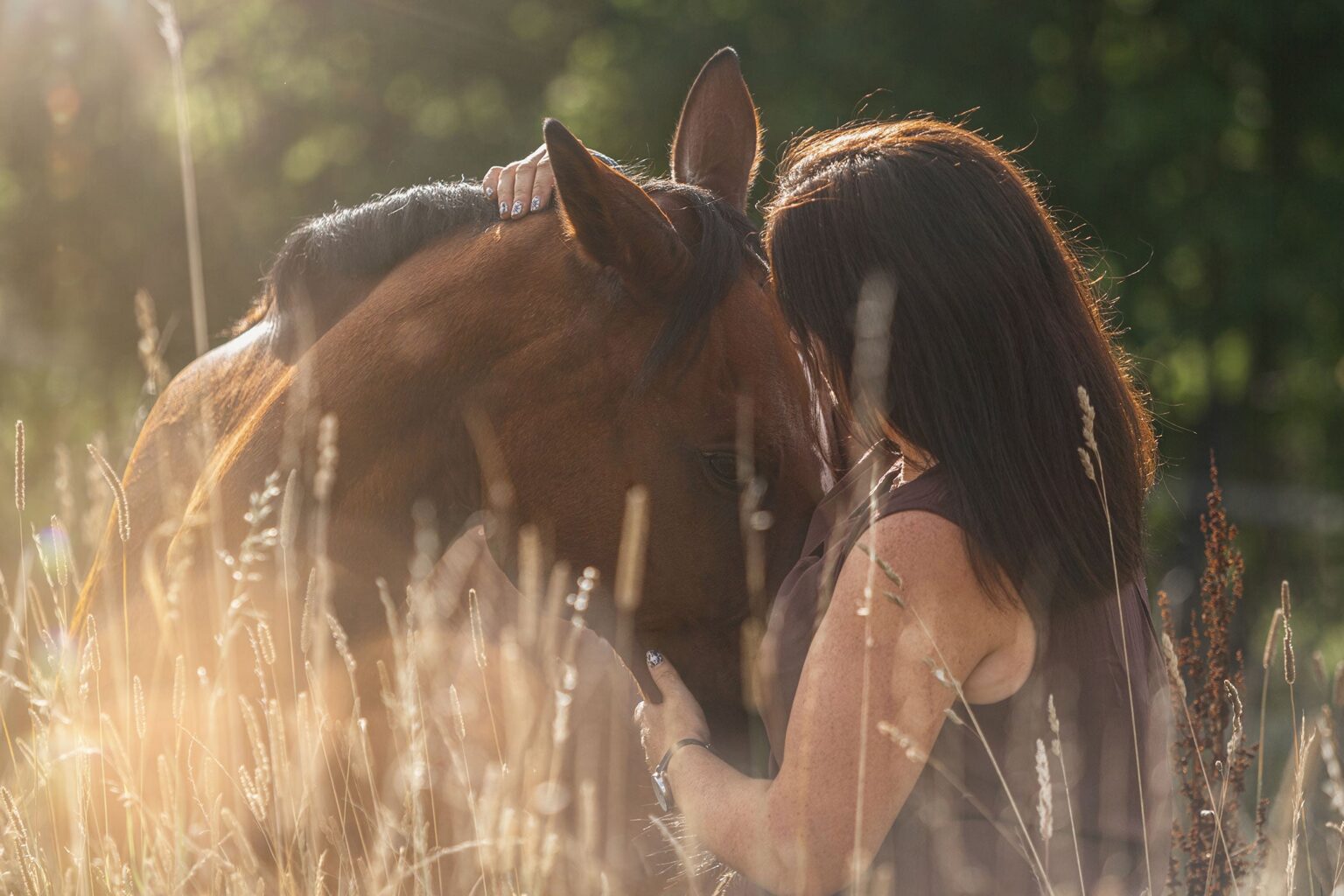You can lead a horse to water, but can it choose the best path to get there? For years, the common belief was that horses mostly act on instinct, reacting to situations rather than carefully weighing their options. Much like a horse that simply follows a well-worn trail, it was thought that their decisions were driven by habit rather than any deep thinking.
However, new research that will be published in Applied Animal Behaviour Science challenges that notion, suggesting that horses might be more than just creatures of habit. They may actually be capable of strategic decision-making, weighing the pros and cons of their actions, much like chess players planning their next move.
In this study, researchers tested horses, asking whether these animals could go beyond simple reactions and engage in more thoughtful, goal-directed behavior. Could they, in essence, not just follow the trail but choose the best one based on what lies ahead? The results were surprising and might change the way we think about our equine companions.
Researchers from Nottingham Trent University explored whether horses can engage in complex decision-making by considering potential future outcomes (model-based learning) rather than just reacting based on habit (model-free learning). The researchers wanted to see if horses could use a model-based strategy in a task that required them to stop a learned behavior when signaled to do so, known as a “Stop-Signal” task.
Initially, 20 horses were trained to touch a target using positive reinforcement (rewards). However, they failed to consistently stop touching the target when a signal indicated they should. This raised questions about whether horses could perform such a task, needed more training, or were using a cost-benefit analysis (weighing the effort and reward).
To test this further, the researchers introduced a consequence for incorrect responses (negative punishment) alongside positive reinforcement. If the horses were simply incapable of completing the task, the number of mistakes would stay the same. If they could learn the task but found it difficult, the number of mistakes would gradually decrease. However, if the horses were using a strategy based on minimizing effort and maximizing rewards, mistakes would drop sharply once the consequence was added. which included a 10 second timeout.
The results showed that when the consequence was introduced, the horses quickly reduced their mistakes. This suggests that the horses were using a model-based strategy, indicating they were able to think ahead and adjust their behavior based on the potential cost and benefit of their actions.
“That timeout was enough to immediately get the performance out of them that we wanted,” said lead researcher, Louise Evans. “That was enough for the horses to go: ‘OK, let’s just play by the rules.’”
“When there was a timeout for getting something wrong, they switched on and started paying attention,” said Evans. This behaviour requires the horse to think into the future, researchers say, and is very goal-directed, with horses required to focus on what they want to achieve and the steps they need to take to do this.
Researchers indicate that the study provides evidence that horses might be capable of more complex thinking and decision-making than previously thought. They seem to be able to weigh the consequences of their actions, which is a sign of higher cognitive abilities. However, more research is needed to understand these findings and rule out other explanations fully.


